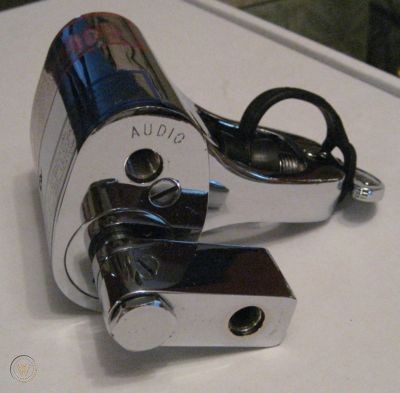Lilhubb9
Registered
Marie13, the Teric has configurable tonal and haptic alarms to alert you to low air as well
Welcome to ScubaBoard, the world's largest scuba diving community. Registration is not required to read the forums, but we encourage you to join. Joining has its benefits and enables you to participate in the discussions.
Benefits of registering include
You don't use diving computers in dives like these, they don't last long.
Not sure how often you guys breathed down your tanks to 0, but even with a modern balanced well maintained regulator in shalow water you have at least 20-30 hard breaths before you run out of air completely, it's impossible to breath down to 0 without noticing.
Imagine a simple device attached in between the hose and pressure gauge that will sound an alarm when the pressure falls down to 500 Psi. The diver presses the "snooze" button and ends his dive.
You feel resistance, you pull a rod and like magic you have enough air to surface safely. That does not meet my criteria for starting a crisis early…. But if it makes you happy to know, I personally dive sidemount for complete redundancy when im solo. I was just pointing out that the concept of a warning when low on air with a single tank has already been in use for decades.All a J-valve does is start your out-of-air crisis 300-600psi sooner than it would have happened without it.
I have one of those, with the swivel for a gauge. It works just fine, except as you noted the yoke is only 2500psi. My understanding is that there was a version of the honker with an upgraded yoke - but that's not what I've got.Sure... See it here:

Internally it is a MK5, so no problem finding parts such as seat and O-rings, even nowadays.
But it has three problems:
1) you cannot install the Scubapro universal DIN Conversion kit
2) The yoke is "thin"; rated for old tanks at 2500 PSI. It is not rated for modern tanks at 3000 PSI or 232 bars.
3) It only has one LP port with no sound: so you need a "multi-swivel" for attaching to this port both the hose for the BCD and the octopus (at the time this unit was being manufactured, in the seventies, no one was using an octopus on their twin tanks, we used to employ two fully independent regs, and the BCD was attached to the "other" first stage).
Here the multiport swivel:

I've seen this question asked a few times on different threads here and it always worries me. On my OW course (back when dinosaurs roamed the Earth) this was one point that was really hammered into us - that lung expansion injuries from breathing compressed air were a particular hazard of diving in shallow water.At shallow depth, say under 20 feet, do potential lung over expansion and nitrogen bubble problems still exist?
I think you mean no deeper than 20 feet. Lung injuries from breathing compressed gas are the most dangerous in shallow depths in that if you don't exhale on the ascent, the gas in your lungs expands significantly. From 33 feet to the surface, it can double in volume.At shallow depth, say under 20 feet, do potential lung over expansion and nitrogen bubble problems still exist?
